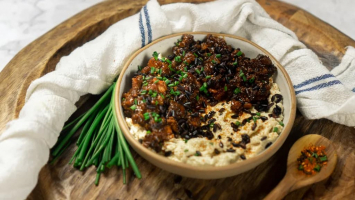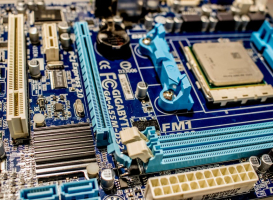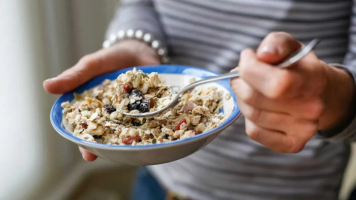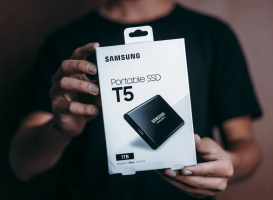Top 8 Best Ways to Avoid Stomach Cramps While Running
Nothing is more annoying than having an upset stomach while running. Sometimes it’s a mere annoyance but other times it can be so severe that it’ll have you ... read more...doubling over in abdominal pain. With these recommendations below, you can find out what causes stomach cramps when running and how to prevent them.
-
Similar to its name, a side cramp (side stitch) is severe pain in the side of the body. It frequently happens immediately below the ribcage. Actually, it has no connection with your digestive system or stomach. While there is no known cause for side stitches, some theories suggest that it may be caused by blood flow to the liver, diaphragm spasms, or stretching of the ligaments.
Warm up well to avoid getting side stitches. You could be tempted to skip a warmup and start your workout right away if you're short on time. However, doing so puts extra tension on your muscles and raises your chance of injury. This action allows your body time to adjust to faster breathing and ligament stretching. Take a few minutes to relax your muscles into exercise mode before engaging in any type of exercise. You can achieve many fitness rewards by doing this.

Warm Up 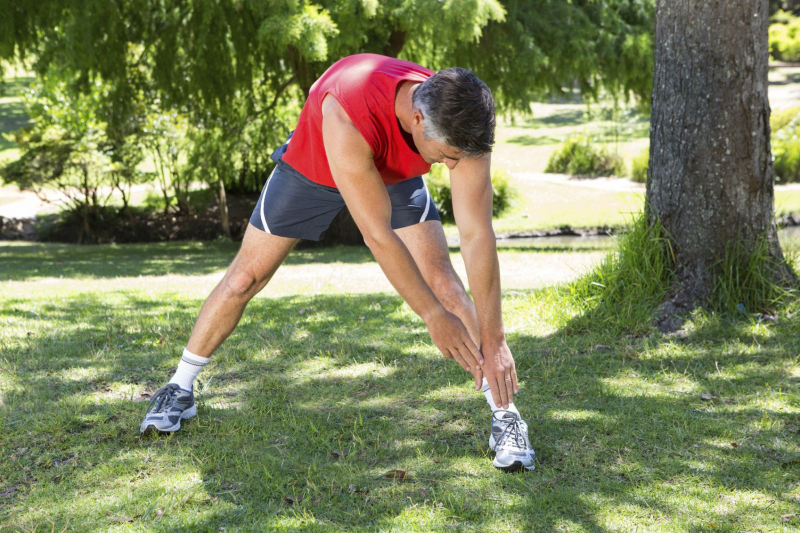
Warm Up -
Do you avoid drinking fluids while running out of concern that they would result in sloshing and cramping? It's time to change your thinking. In fact, dehydration makes gastrointestinal problems worse.
When you engage in intense exercise, your body diverts blood away from the stomach to provide your muscles with much-needed oxygenated blood. Digestion may be harmed as a result. It is a recipe for digestive disaster when you combine this reduced blood flow with dehydration. Blood volume decreases, which means even less blood flows through the digestive system to help process fuel. Vomiting, diarrhea, and cramping may result from this. When you reach this stage, it is quite challenging to make a change. Instead, make it a point to remain hydrated throughout. In the days before your workout or race, drink plenty of fluids, and keep drinking while you're running.
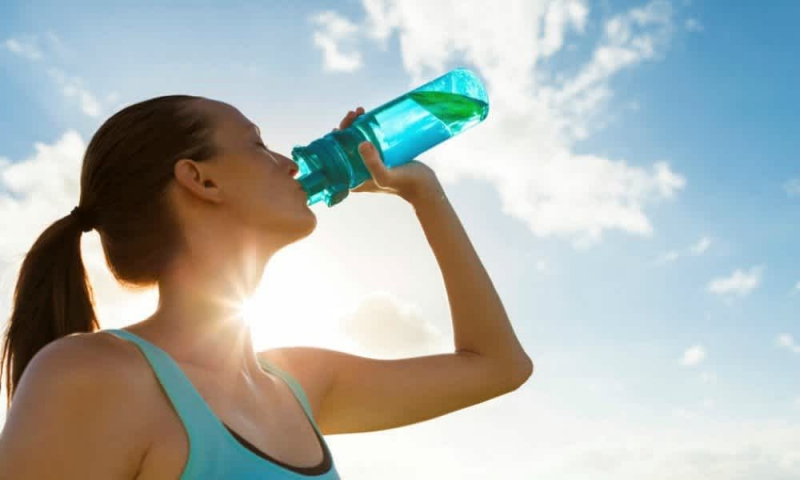
Hydrate 
Hydrate -
You put in hours of running each week to gradually increase your muscular and cardiorespiratory endurance while you train for a long-distance race. Additionally, you must train your gut in addition to your legs to prepare for those long runs.
The benefits of sports nutrition are multifaceted and include improved performance, reduced recovery time, reduced muscle soreness, etc. Newer athletes frequently neglect to refuel throughout training but attempt to use a sports drink or gel during their first long race. And the result is that running causes stomach cramps because the stomach has never had to process fuel under such stress. Luckily, this is an easy problem to solve: During exercise, practice your fueling strategy. This will help in training your stomach how to process fuel in situations where there is less blood flow to the digestive system and there is movement from running.

Practice Fueling 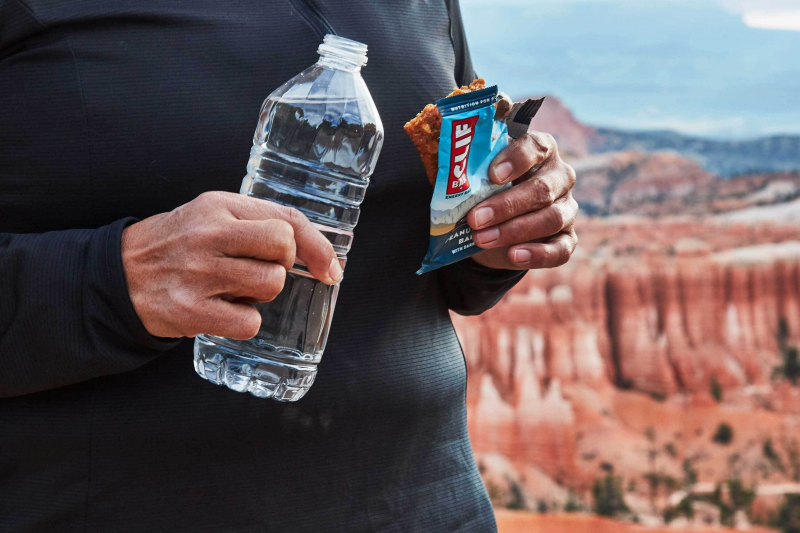
Practice Fueling -
Although eating foods without sugar is less frequently the cause of stomach cramps when running, if you are a dedicated gum chewer, pay attention: For a sweet flavor without sugar, most sugar-free gums use sugar alcohols. These are recognizable on the label.
Common sugar alcohols include:
- Erythritol
- Maltitol
- Mannitol
- Sorbitol
- Xylitol (most common in gums)
- ...
In the digestive tract, sugar alcohols may have an osmotic effect that draws water in. Your body can often only process small amounts of these sugar alcohols when you're sedentary. The majority of people have no problems chewing a few sticks of gum. However, sugar alcohols may result in cramps and diarrhea if you combine this osmotic effect with the jostling that takes place during a run. It is best to avoid chewing gum completely, but if you must, stick to regular sugar-based gum during your run.
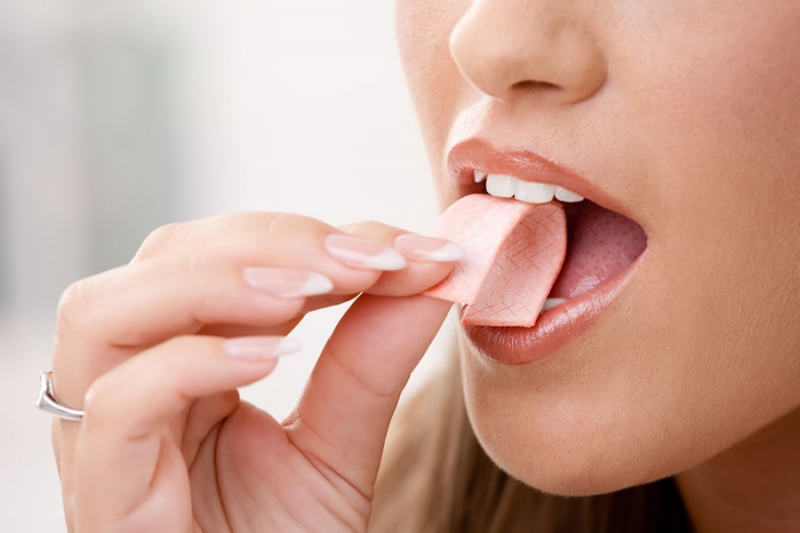
Skip Sugar-Free Foods and Gum 
Skip Sugar-Free Foods and Gum -
Fiber is essential for digestive health because it helps to bulk up stools and avoid constipation. But a stomach full of fiber could result in cramping and a sudden need to use the bathroom before a run.
The amount of fiber in a meal before exercise depends on the individual. Additionally, if you're used to it, a dinner with moderate fiber will help keep you regular before a race. For example, if you eat a cup of oatmeal every morning and this can help you relieve constipation, then go with what works for you. But look at that pre-run breakfast and consider reducing the fiber if you experience cramps or diarrhea during training.
Ingredients high in fiber include:
- Beans and lentils
- Berries
- Bran
- Broccoli
- Chia seeds and flax seed
- Leafy greens
- Peas
- Whole grain bread and cereals
- ...
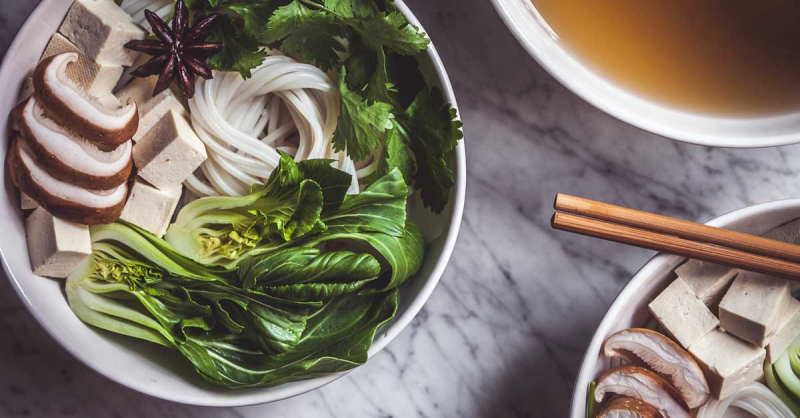
Minimize Fiber 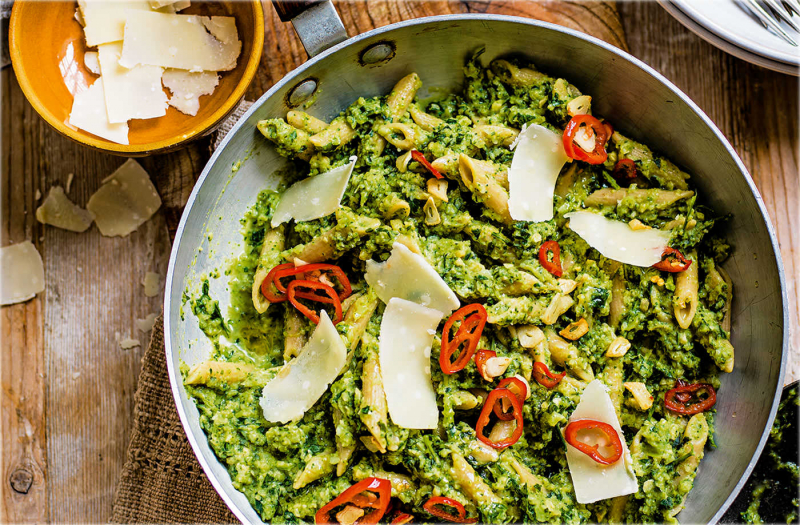
Minimize Fiber -
Fat is a nutrient that satisfies. It prolongs the sense of fullness and slows down digestion. Although this is great for day-to-day living, it is not advised before exercise. If your stomach is still feeling full, you shouldn't start running because you face the risk of cramping.
Ideas for low-fat, low-fiber breakfasts include:
- Cereal with milk and a banana
- Toaster waffle topped with peaches
- Bagel with a small amount of cream cheese
- Rice with a poached egg
- Sandwich with a small amount of peanut butter, banana, and honey
- ...
This suggestion does not apply to fat-adapted athletes who are following the ketogenic diet. Stick to your regular eating schedule if that's the case because eating something different could make your stomach upset. However, most athletes will perform at their best when eating a standard, moderate carbohydrate diet.
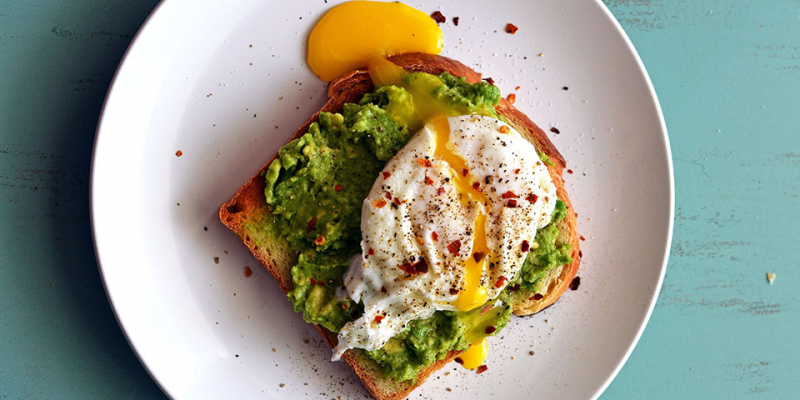
Minimize Fat 
Minimize Fat -
Dairy products contain the sugar lactose. Some people don't have enough lactase, a digestive enzyme needed to effectively digest this sugar. So what is often referred to as lactose intolerance? Consuming dairy products when suffering from this condition can give you diarrhea and stomach cramps.
It's interesting to note that even if you could previously tolerate dairy, lactose intolerance can appear later in life. Based on genetic factors, some people's lactase production declines over time. Others may experience secondary lactose intolerance as a result of a gastrointestinal infection or inflammatory bowel disease. Try taking a closer look at the ingredients of your usual pre-run food if you have stomach cramps while running. If you frequently eat dairy, consider cutting back for a few weeks to see if you notice any benefits.
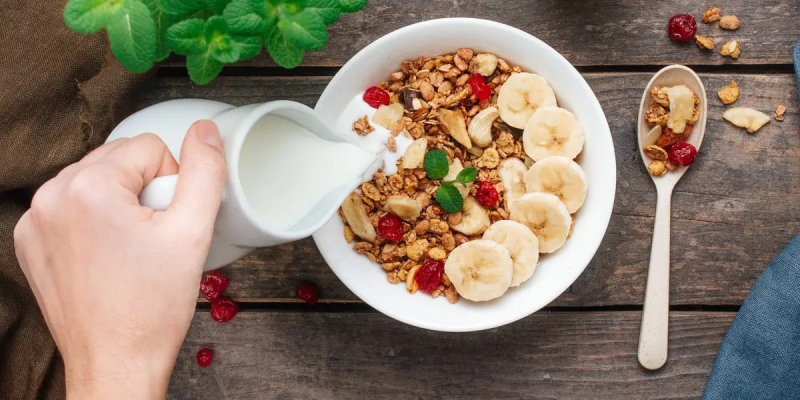
Know Your Lactose Tolerance 
Know Your Lactose Tolerance -
It's likely that you will try a fueling product that doesn't agree with your body while experimenting with different fueling options to see what works best for you during exercise.
For example, athletes with sensitive stomachs may prefer to avoid solid products like energy bars because they typically increase the feeling of fullness in the stomach. Other fuel options may not be properly received by your body for no obvious cause. For your long runs, consider maintaining a log in which you record your choice of fuel, how much you consume, and any stomach cramps or other symptoms you experienced. By doing so, you can eliminate particular foods and beverages that upset your stomach.
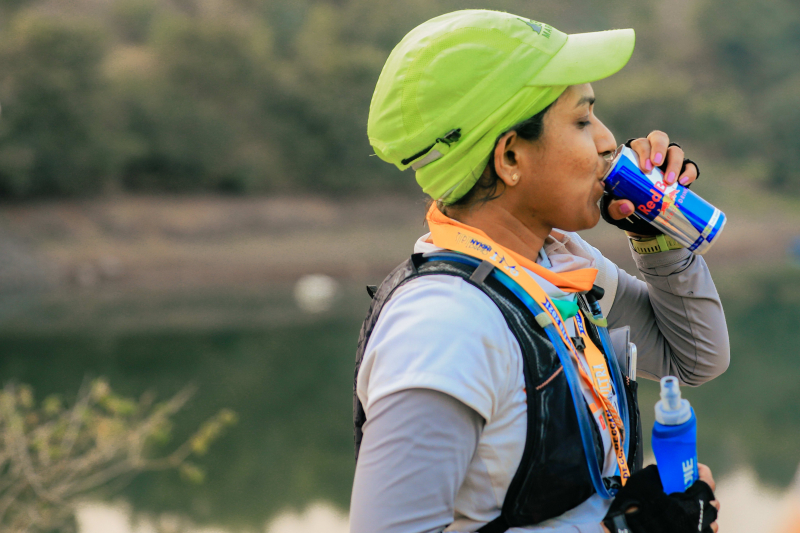
Assess New Fueling Products 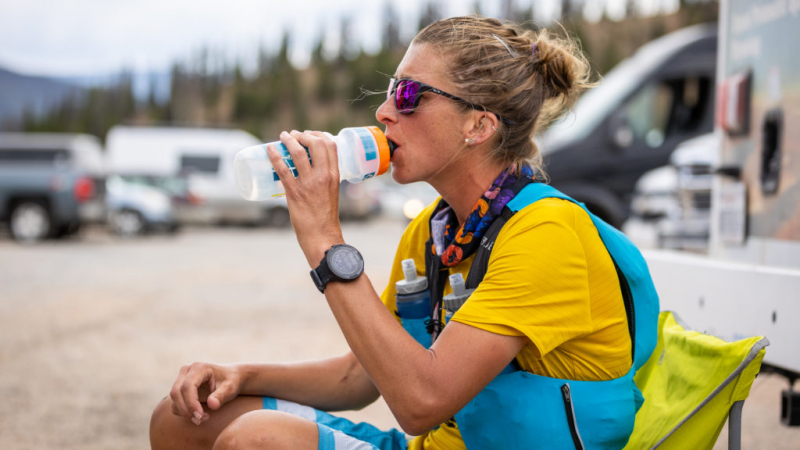
Assess New Fueling Products













